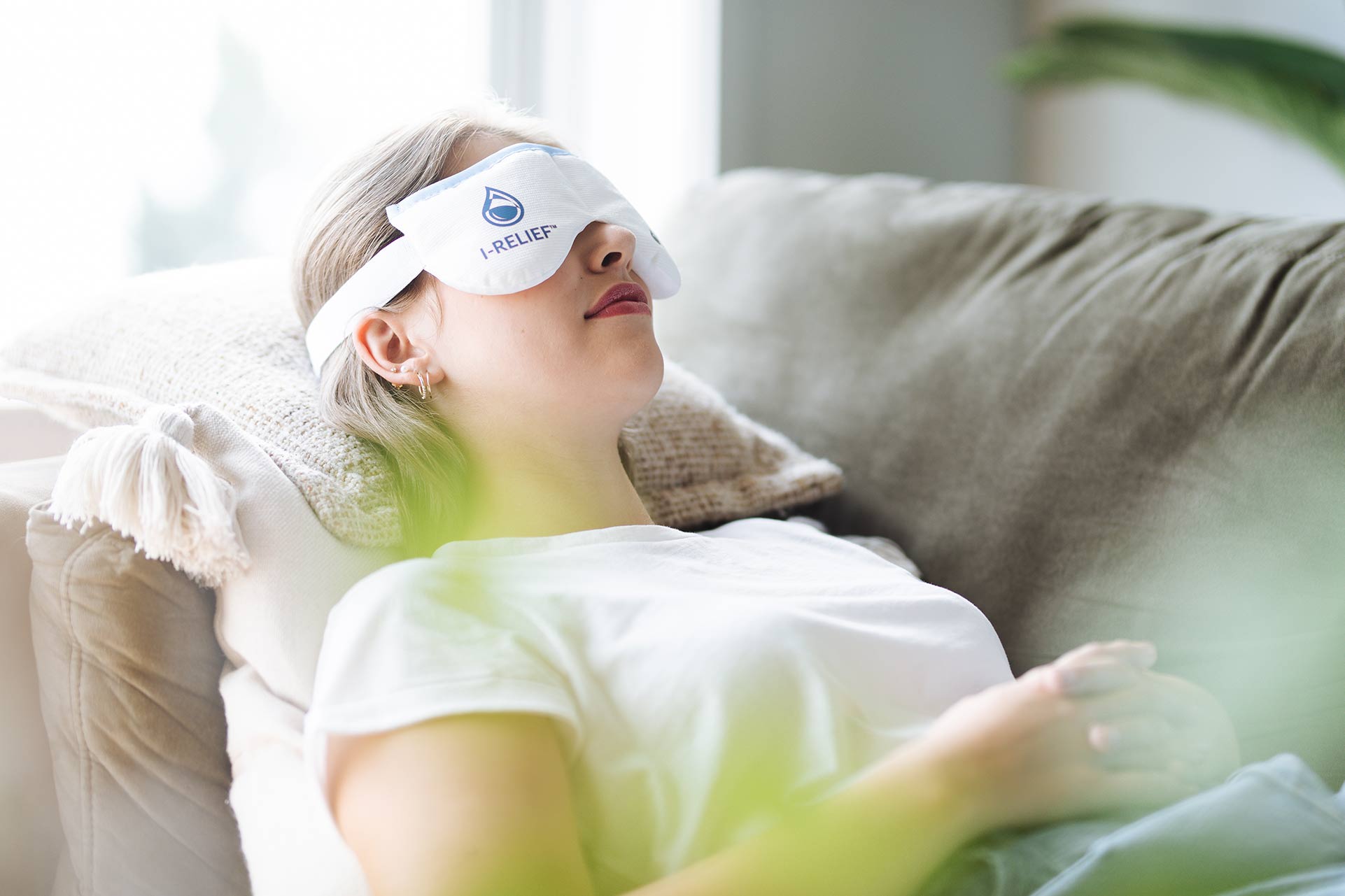It is estimated that dry eye syndrome affects 1 in 5 Canadians. Certain predisposing factors to dry eye include medication, lifestyle habits, wearing a mask, etc.
This usually uncomfortable condition can sometimes be asymptomatic. It can be caused by a decrease in tear quality (aqueous deficiency) or a change in tear quality (evaporative) or a combination of both. It can lead to vision problems, redness, irritation and signs of inflammation which, in the long run, can lead to the deterioration of eye tissue. The eye and its appendages, eyelashes and eyelids, can suffer as a result of dry eyes.
DEWS II definition: "Dry eye is a multifactorial disease of the ocular surface characterized by a loss of homeostasis of the tear film, and accompanied by ocular symptoms, in which tear film instability and hyperosmolarity, ocular surface inflammation and damage, and neurosensory abnormalities play etiological roles."


Your optometrist has the training and equipment to make an objective dry eye assessment. Specific tests to verify the integrity of the ocular surface, the health of the eyelids and the tears will be performed to determine the level of dryness and propose the appropriate treatment for your condition, whether you are symptomatic or not. These various tests should be repeated at follow-up to measure the improvement of your condition and/or to determine if an adjustment of your treatment should be made to better control the disease.
Following your assessment, your optometrist will advise you on the best treatment. To be effective, a combination of options could be offered:
Untreated, blepharitis can cause damage to the many glands of the eyelids. Prolonged inflammation of these glands can result in atrophy of some and can create chronic dry eye problems.

A comprehensive exam of your eye health and a dry eye assessment may reveal the source of your discomfort.
Your personalized treatment and follow-up plan is selected by your optometrist to care for your eye health and relieve dry eye symptoms.

WARRANTIES | Terms of Use | Privacy Policy | Cookie policy | © 2024 Optoplus inc.
© 2024 Optoplus inc.
